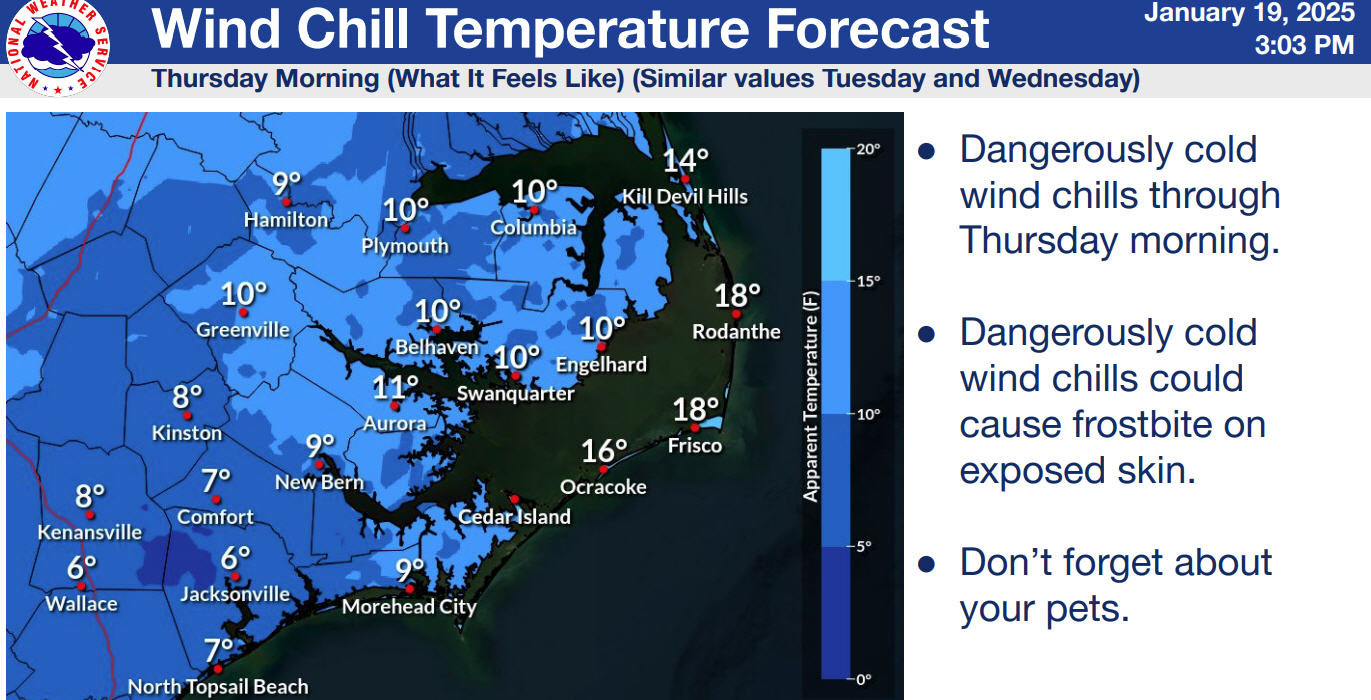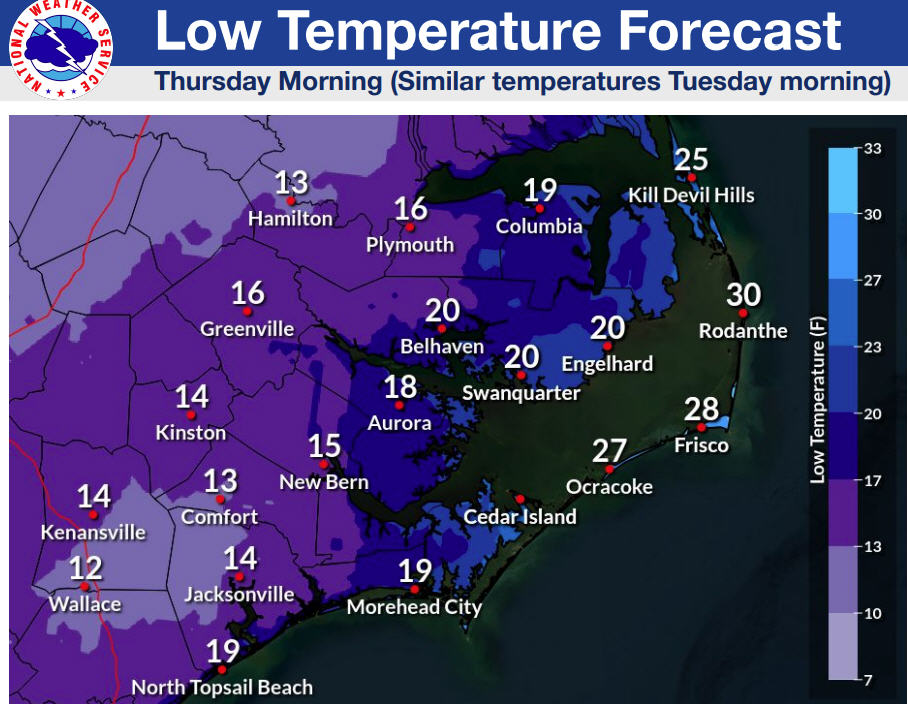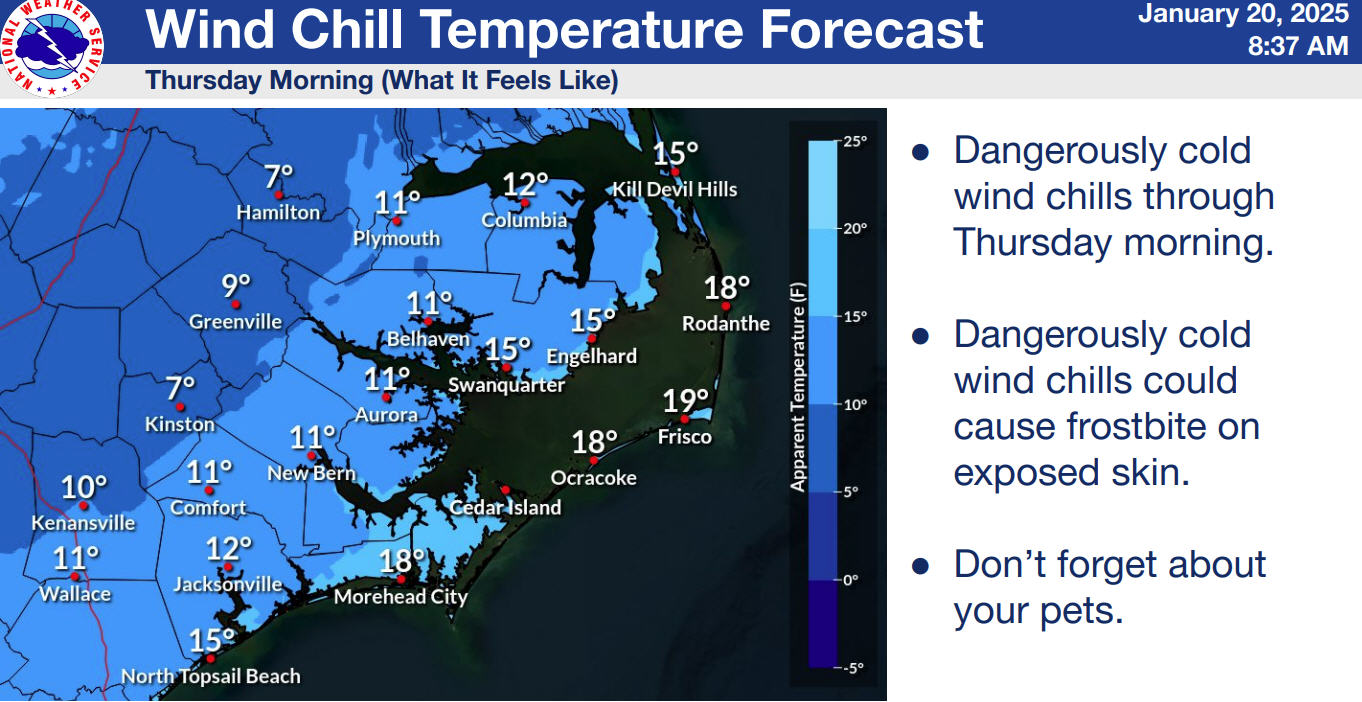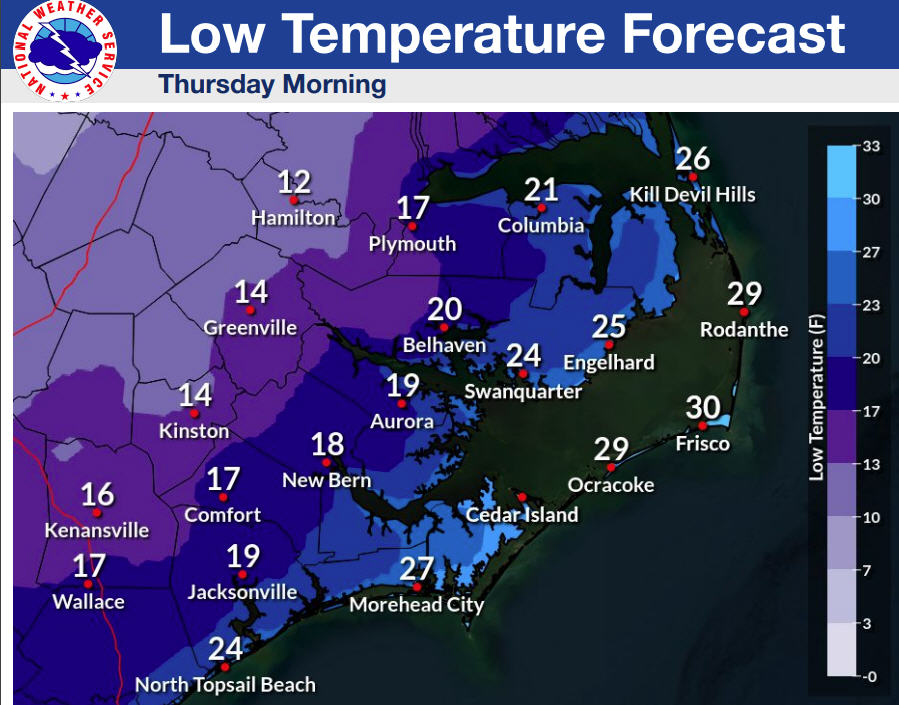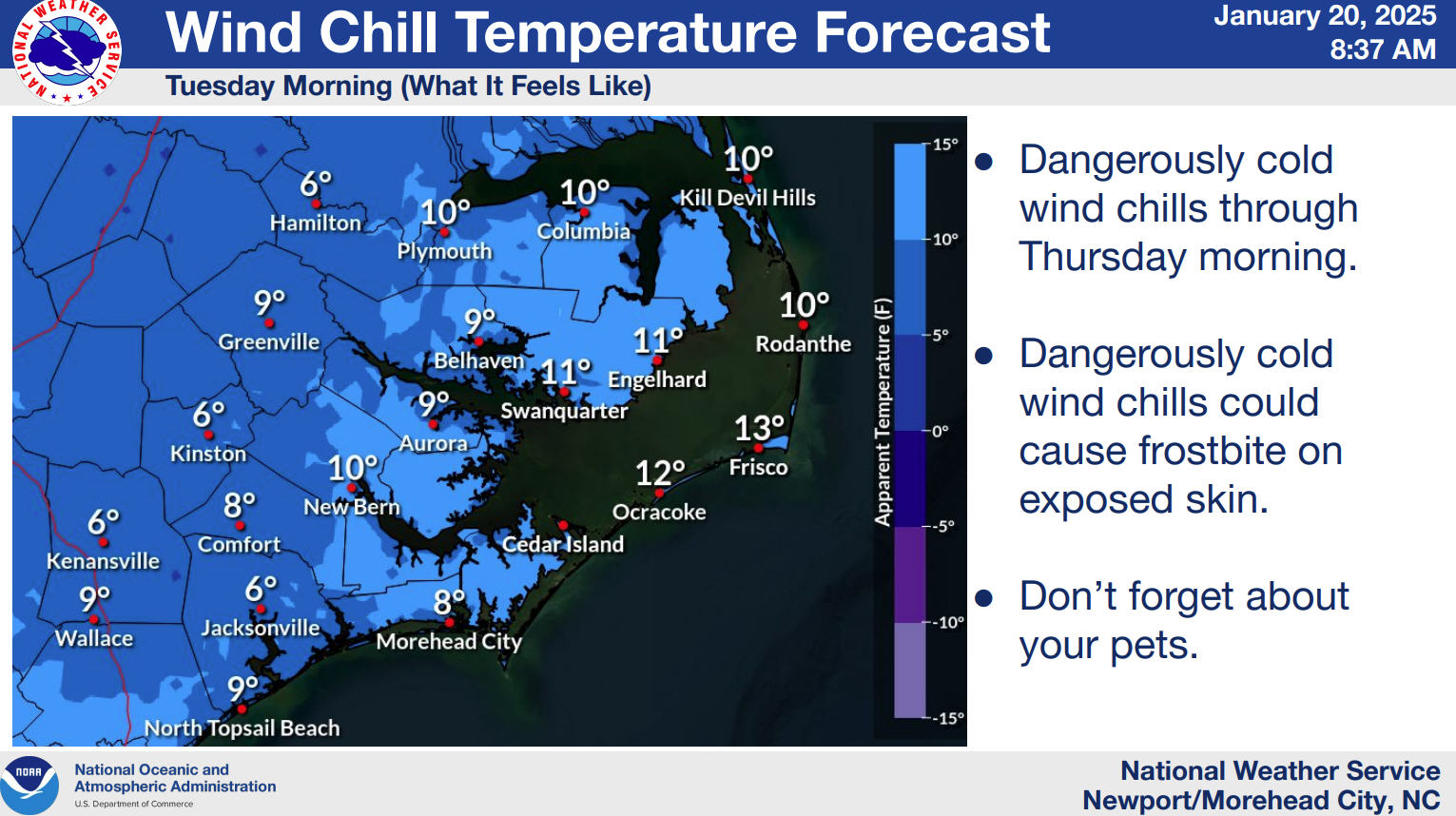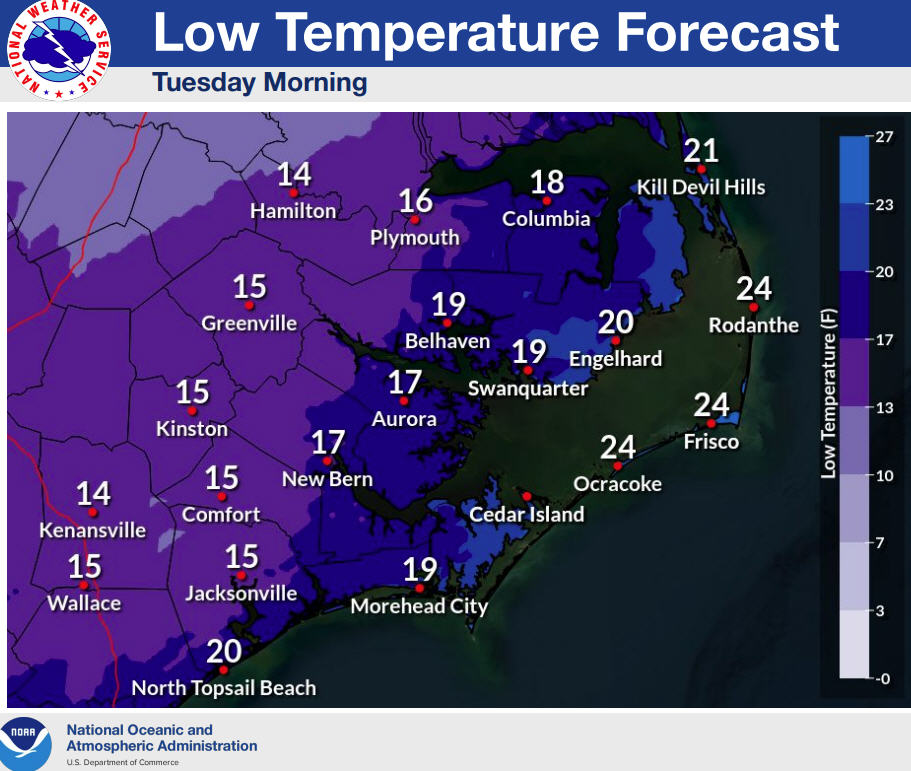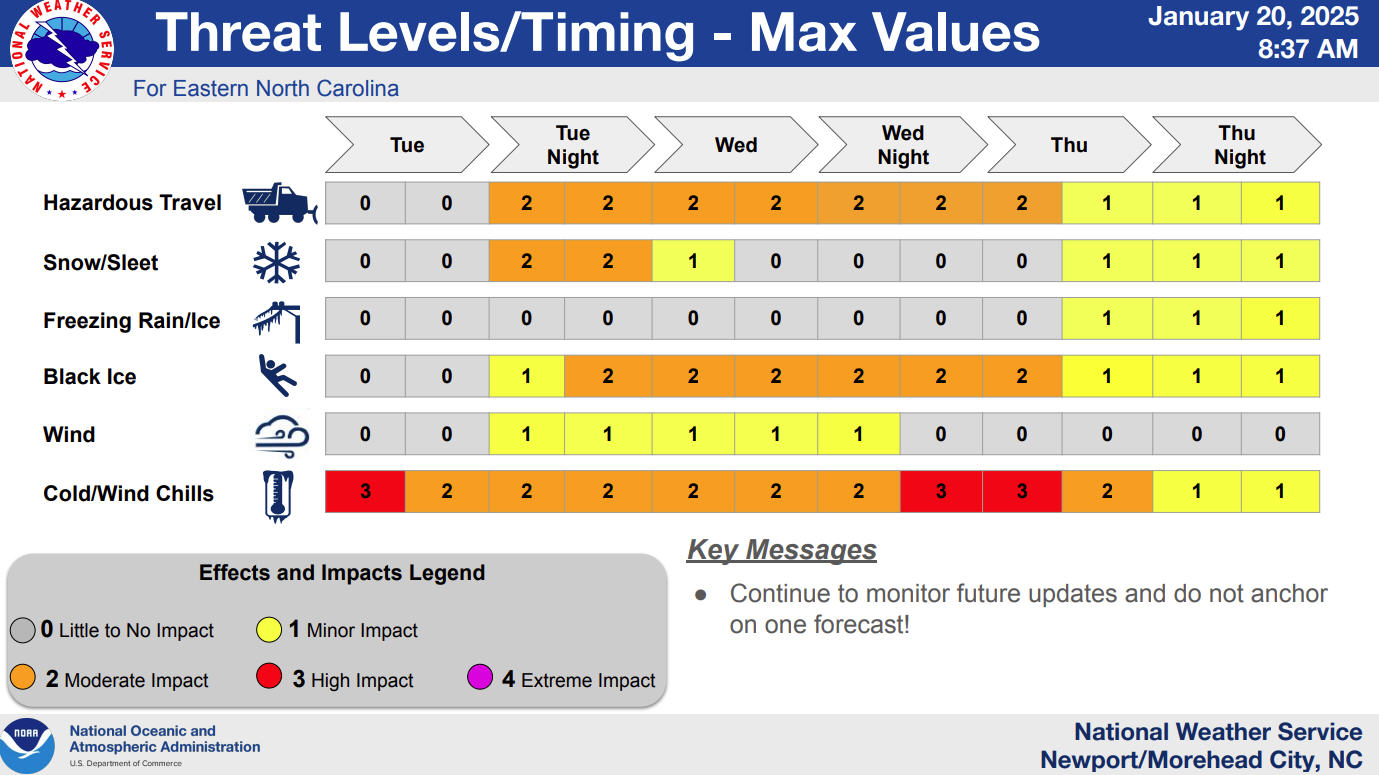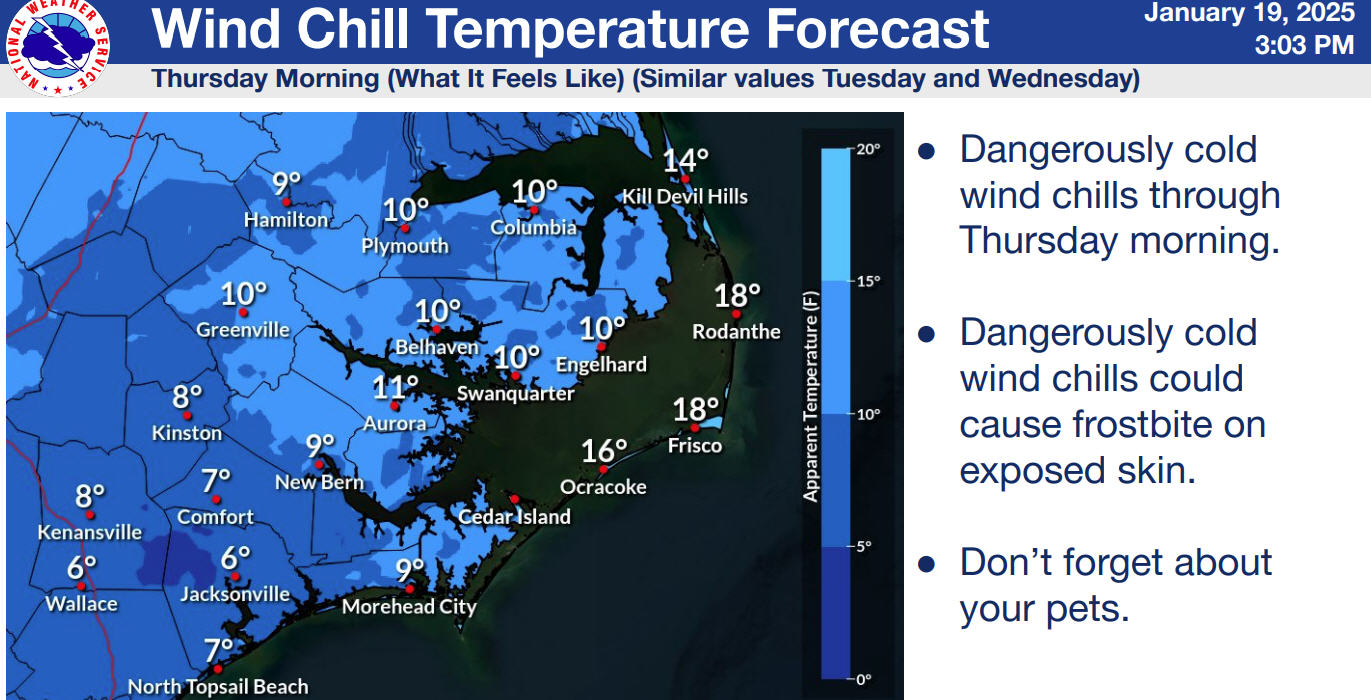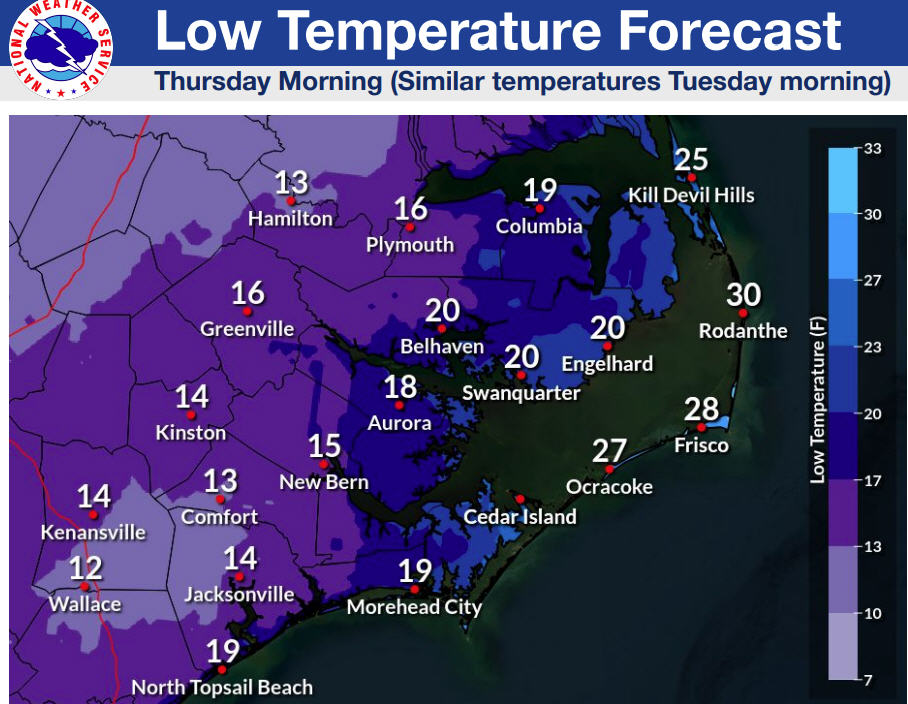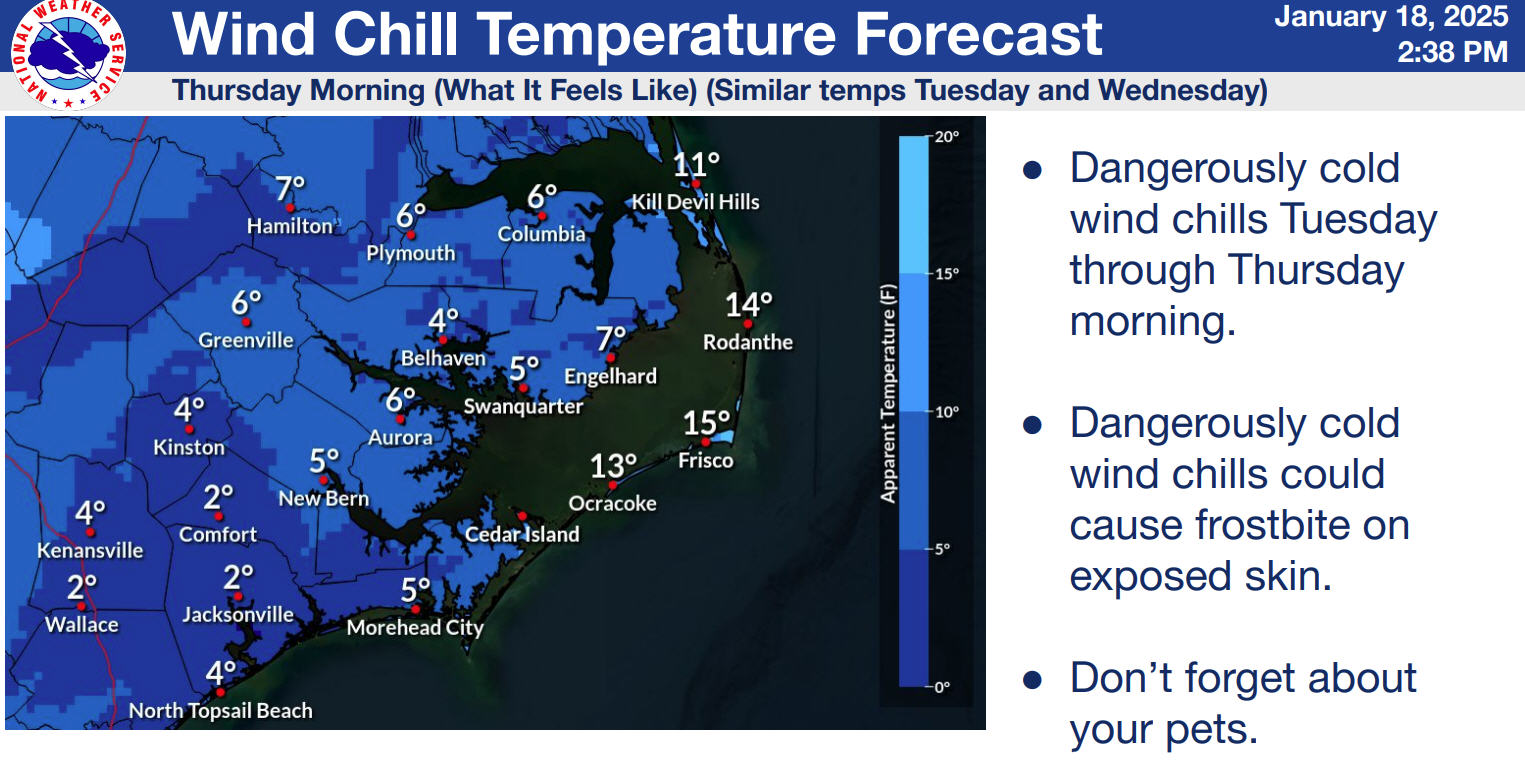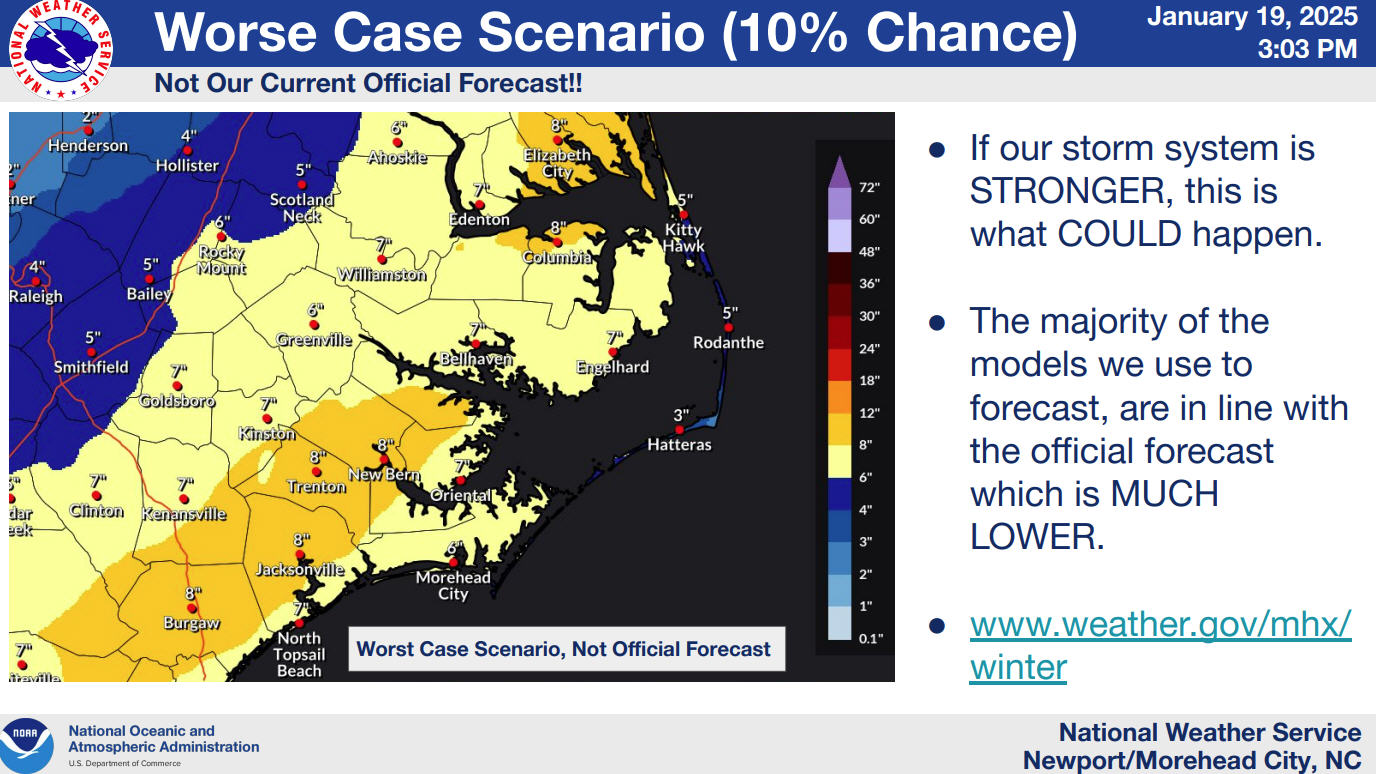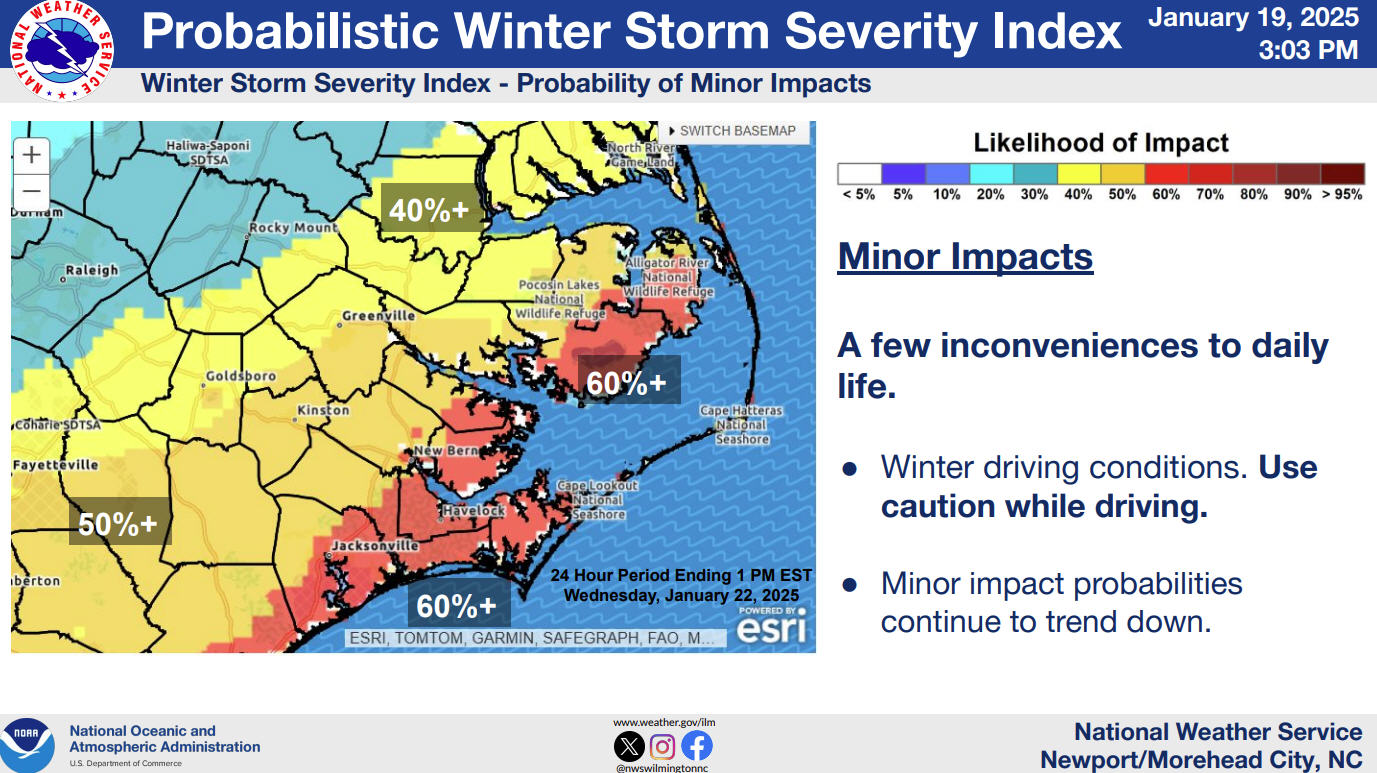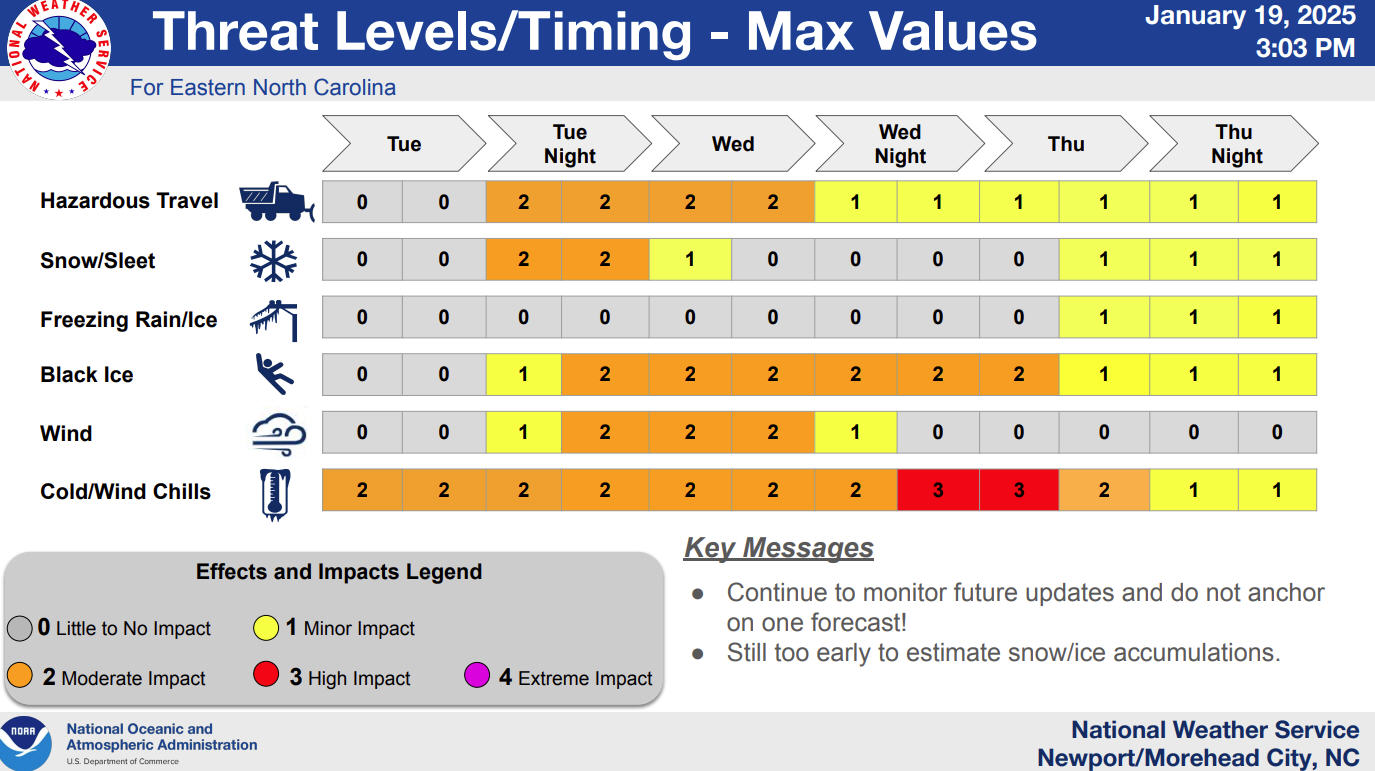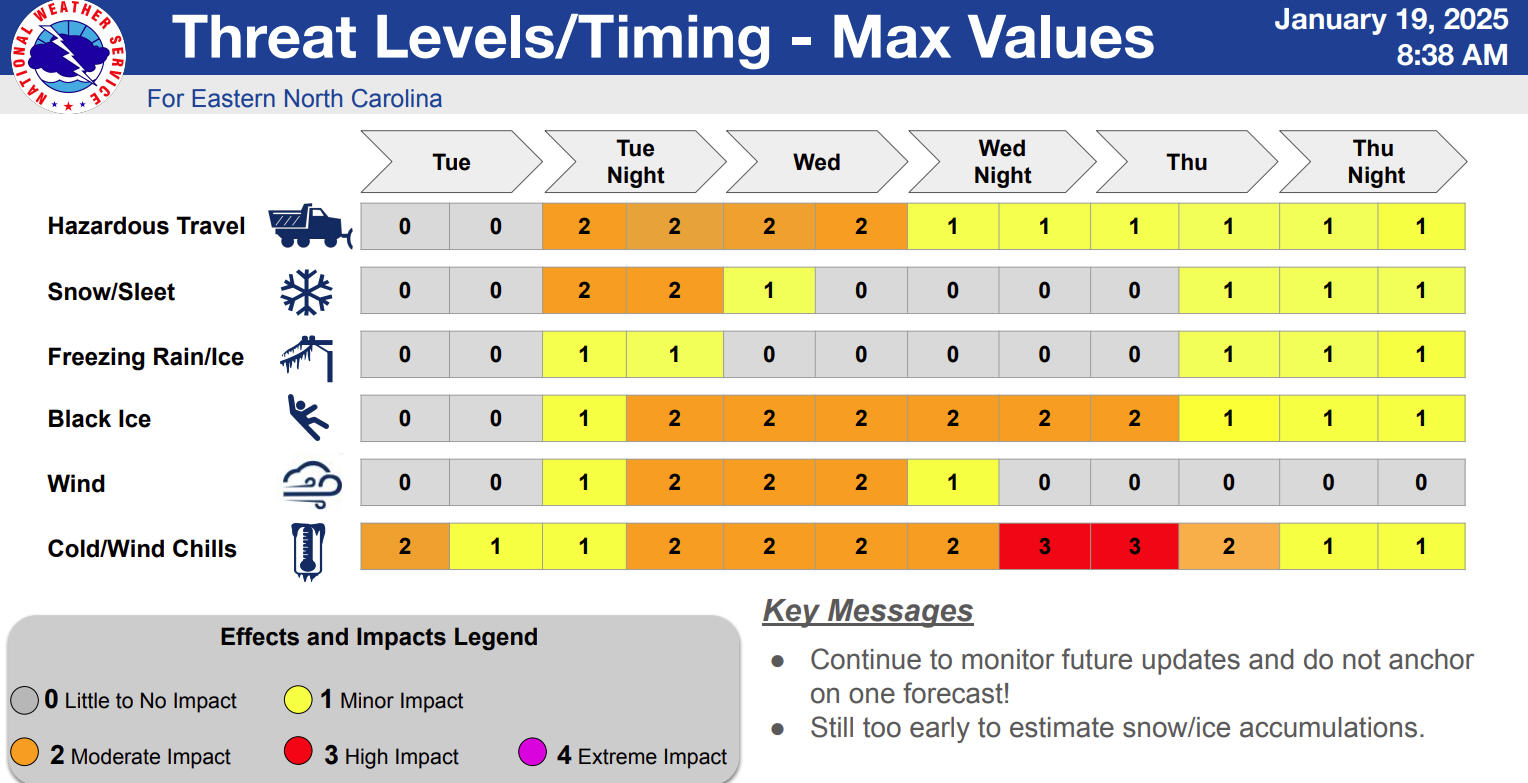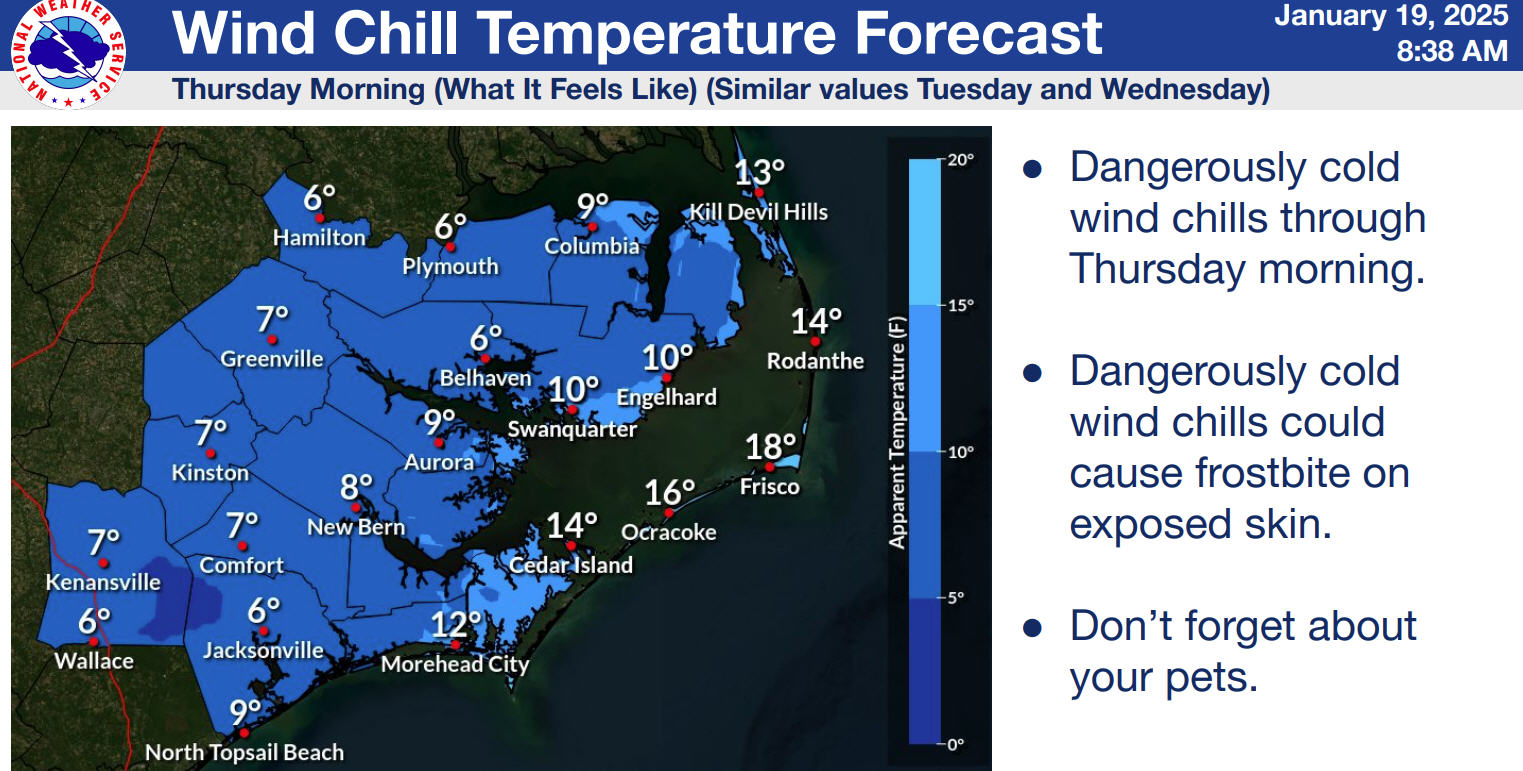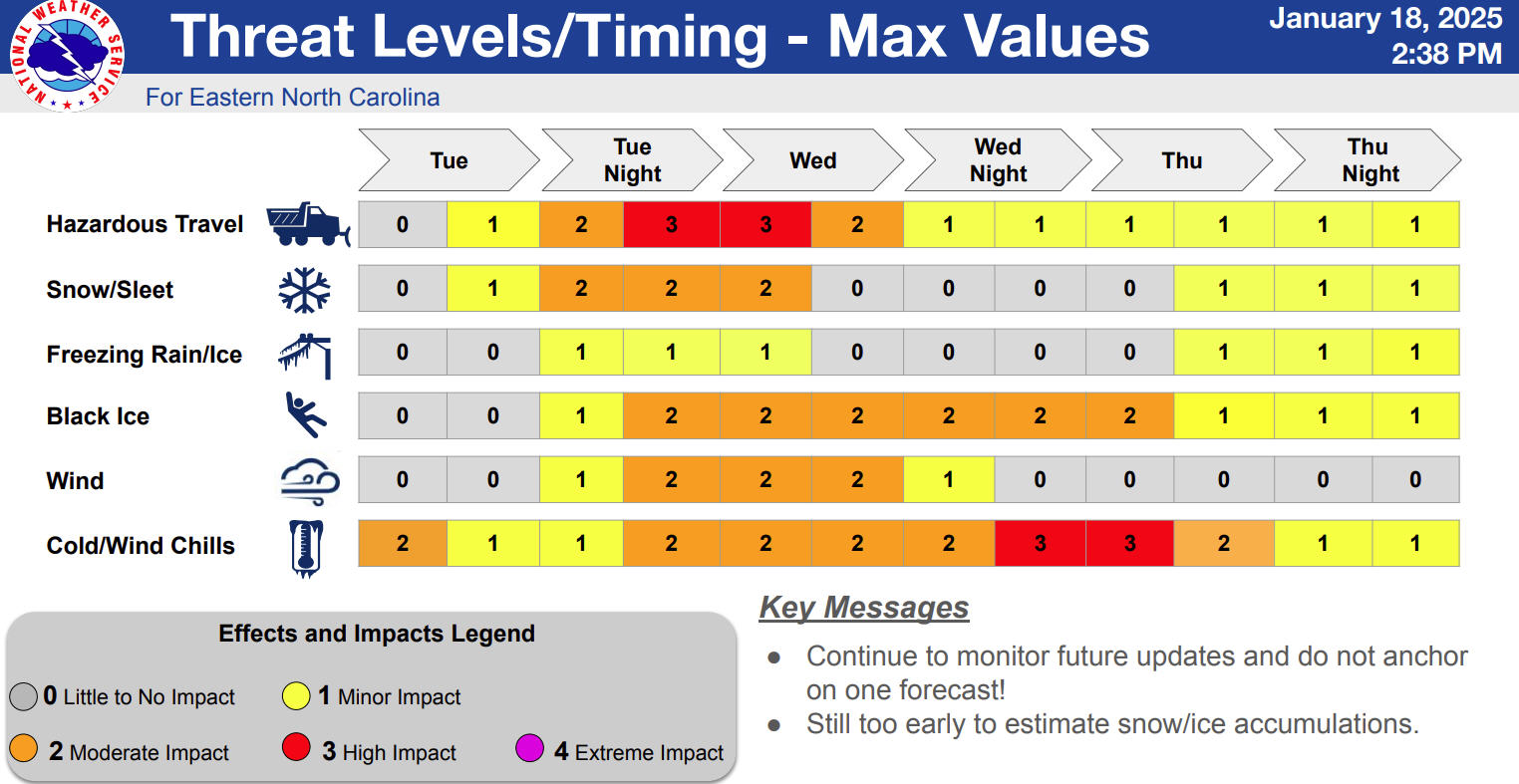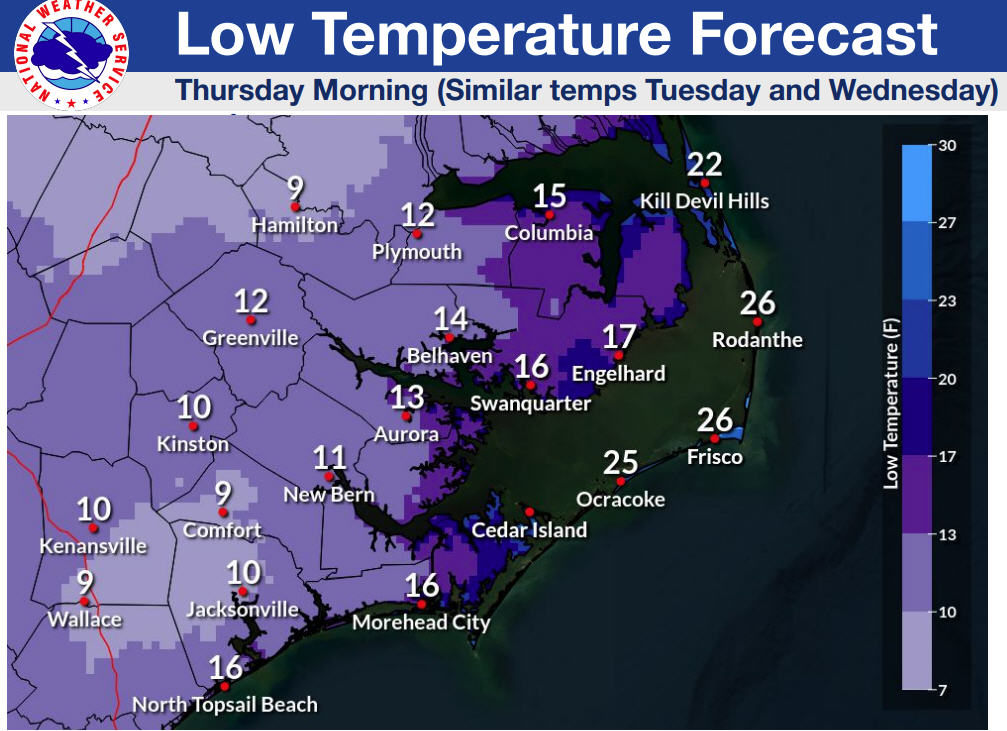North Rodanthe bridge gets federal approval to move forward
The North Carolina Department of Transportation received approval yesterday from the federal government to move forward with the planning of a bridge in north Rodanthe that would carry traffic over an area that is vulnerable to frequent damage and ocean overwash in storms.
The Federal Highway Administration (FHWA) approved the revised Environmental Assessment for the Rodanthe bridge, a key step toward constructing a new permanent bridge for Highway 12 in northern Rodanthe. The bridge on a new location includes a 2.4-mile-long bridge known as a “jug handle,” extending from the southern end of the Pea Island National Wildlife Refuge over the Pamlico Sound into Rodanthe.
The new bridge will be a long-term solution to keep Highway 12 open through an area that in the past has dealt with severe storm damage. In 2014, a beach nourishment project was completed that used 1.6 million cubic yards of dredged sand to protect the highway until a new bridge can be built.
Following public meetings in January 2014, NCDOT changed its preferred option for a long-term solution in the Rodanthe area from the Bridge Within Existing N.C. 12 Easement Alternative to the Bridge on New Location Alternative.
NCDOT says that it prefers this design over a bridge along the existing route of Highway 12 because it minimizes impacts to the Pea Island National Wildlife Refuge, the ocean shoreline and the community of Rodanthe, while maintaining safe and reliable access for area residents and visitors to southern Hatteras Island.
This alternative has been redesigned since the 2014 public meetings in order to minimize impacts within Pamlico Sound and to the Rodanthe community and it was chosen by the DOT as its preferred alternative in June 2015.
The NCDOT will begin soliciting public comments on the revised Environmental Assessment, and host a set of local public meetings this summer to publicize the preferred alternative.
The department will partner with the FHWA to consider those public comments and identify the final selected alternative as required under the National Environmental Policy Act. A Record of Decision can then be issued concerning the route choice, which allows the NCDOT to award the project as early as this fall.
The bridge is estimated to cost between $179.3 million and $198.3 million. The project will be built using the design-build method, which allows the department to contract a team that consists of both designers and a contractor to simultaneously design and construct the project. Projects can be let sooner and completed faster using this approach.
The project is one of two projects south of the Oregon Inlet that make up Phase II of the Bonner Bridge Replacement Project. The Rodanthe Bridge project is considered Phase IIb. Phase IIa of the project is the bridge over the Pea Island Inlet area, where a temporary bridge is now under construction. No long-term alternative has been chosen for Phase IIa.




